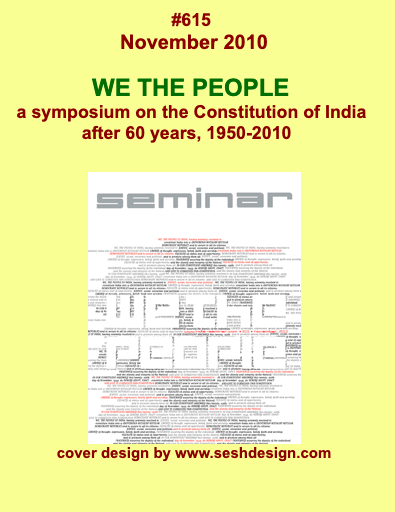
South Asian nations have had some difficulty in maintaining their post-Independence constitutions. Drafted in the euphoria of decolonization, these constitutions have been challenged by revolutions of the political right and left, communal politics and military coups. The Constitution of India 1950, albeit with around 100 constitutional amendments, is the only constitution to survive these onslaughts without a break in application. Bangladesh and Pakistan have endured several phases of constitutional suspension or repeal. The resolution of the ethnic conflict in Sri Lanka partially rests on a revision of the current constitution.
In all these jurisdictions, the courts have engaged with some version of a ‘basic structure doctrine’. The Indian Supreme Court has developed the doctrine into a novel and extensive doctrine of constitutional judicial review. The Pakistani and Bangladeshi Supreme Court have modestly embraced the doctrine in recent years to warn future coup plotters and to entrench a democratic order. The Sri Lankan courts have rejected the argument that the doctrine applies to their constitution.
The basic structure doctrine is often understood as the key judicial instrument that has allowed the Constitution of India 1950 to endure to its 60th anniversary. By contrast the reluctance of other South Asian courts to adopt the doctrine or its equivalent is offered as part of the explanation for the shorter shelf-life of these constitutions.
In this paper I explore whether the adoption of the basic structure doctrine in India is a constitutional design feature relevant to constitutional endurance and durability in India or merely an epiphenomenal indicator of the structural stability of Indian political society? Further, does the basic structure doctrine enhance the stability of the Indian Constitution or does it damage these prospects in the long term? These questions are motivated in part by a recent book by Ginsburg, Melton and Elkins titled The Endurance of National Constitutions. This essay begins with an overview of the arguments in the book followed by a brief account of the present status of the basic structure doctrine in India. I conclude with a brief evaluation of the role played by the basic structure doctrine in India’s constitutional endurance considered against the arguments in the book.
Access the paper here.
